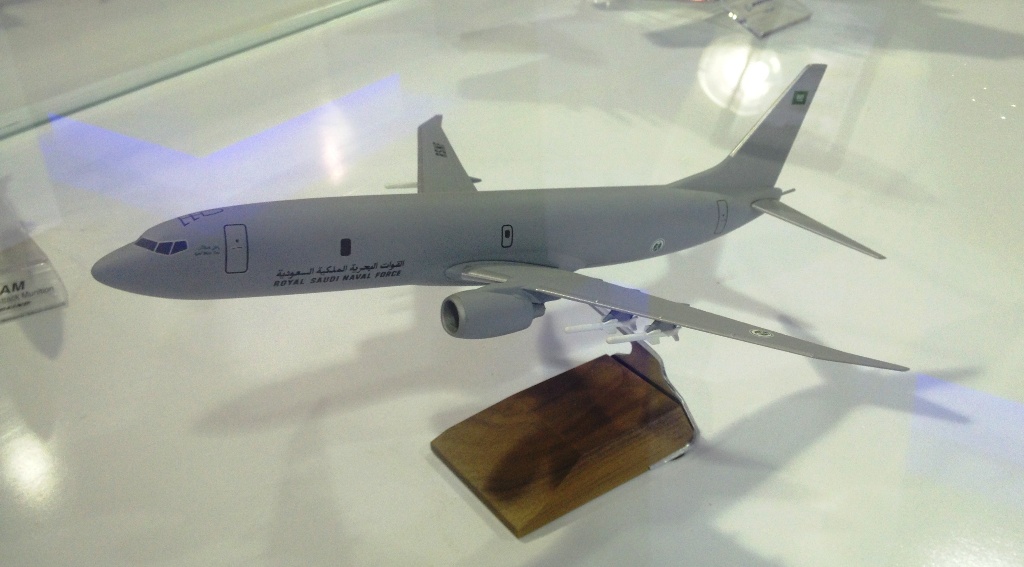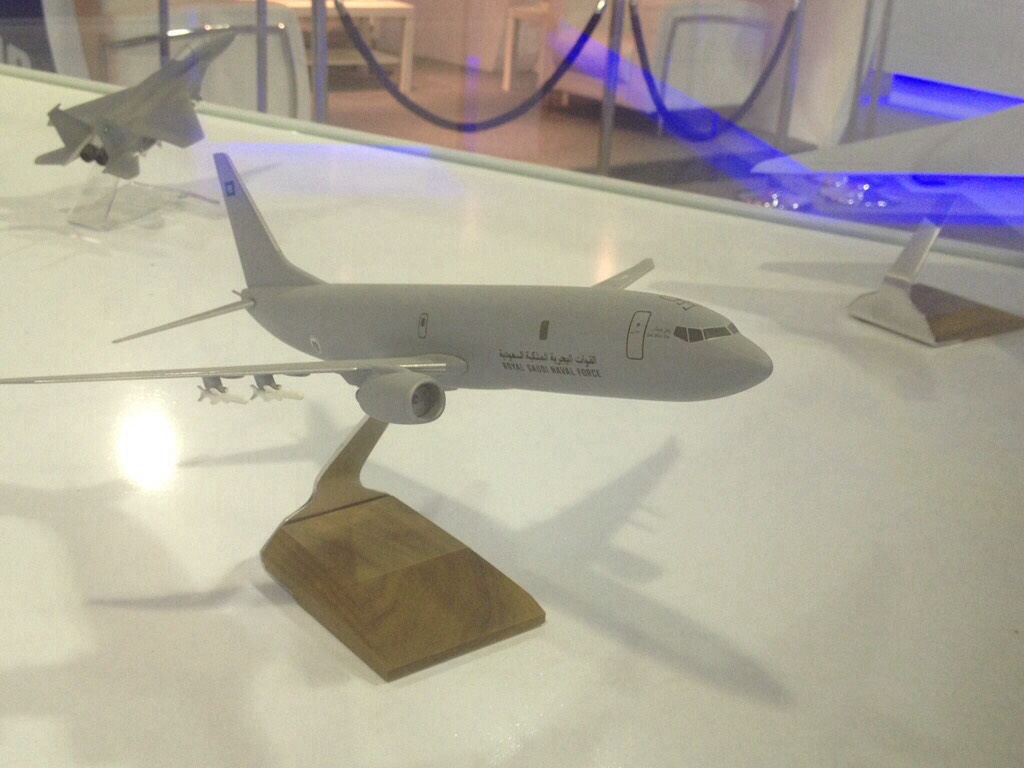Even what this deal includes,it is way expensive! @WebMaster @Legend @Scorpion
Four Lockheed Martin Freedom-class ship variants are set to form the backbone of the Royal Saudi Navy’s Eastern Fleet as part of a $11.25 billion foreign military sales case presented to Congress on Monday.
The ships and the subsequent systems, weapons and munitions are the centerpiece of the long awaited Saudi Naval Expansion Program II (SNEP II) — the estimated $20 billon program to refresh the aging U.S.-built Saudi fleet operating in the Persian Gulf, according to a State Department notification issued on Tuesday morning.
“This acquisition will enhance the stability and maritime security in the sea areas around the Arabian Peninsula and support strategic objectives of the United States,” read the notification. “The proposed sale will provide Saudi Arabia with an increased ability to meet current and future maritime threats from enemy weapon systems. The Multi-Mission Surface Combatant ships will provide protection-in- depth for critical industrial infrastructure and for the sea lines of communication.”
Unlike the Freedom Flight 0 Littoral Combat Ships, the Saudi ships do not appear to have the modular mission package ability and will be rather a more traditional multi-mission model.
“We are very pleased to have the opportunity to provide the Kingdom of Saudi Arabia with four multi-mission surface combatants (MMSC), based on the Freedom-class Littoral Combat Ship,” read a Lockheed Martin statement provided to USNI News.
“We look forward to working with both navies in developing a low-risk, cost effective approach that delivers value back to the customers.”
Lockheed as presented several sizes of the Freedom for foreign sales and is yet unclear what the final tonnage of the Saudi variant will be.
The quartet — as described in the DSCA notification — will emphasize traditional anti-air warfare and will be built around two eight-cell Lockheed Martin Mk 41 vertical launch system (VLS) and an Airbus TRS-4D active electronically scanned array (AESA) air search radar.
The list also included 532 Raytheon RIM-162 Evolved Sea Sparrow Missiles (ESSM) which can be loaded four to a Mk 41 cell. With 16 cells per hull, the Saudi Freedoms will be able to potentially field 64 anti-air missiles per-ship.
A December Naval Sea Systems Command contract award to Lockheed Martin included about $93 million for Mk 41 systems for Saudi Arabia, giving early hints to the direction of their SNEP II ship buys.
The ships will also field the 1980s era Boeing RGM-84 Harpoon Block II anti-ship missiles (ASM), anti-submarine warfare (ASW) sonar suites and torpedoes as well as an OTO Melara 76 mm main deck gun.
The ships will also be equipped with Link 16 datalinks, which could allow for greater interoperability with U.S. forces in the Middle East.
The public announcement ends almost a decade of speculation and wrangling over the future of the SNEP II program.
The Saudis inquired into platforms ranging from both variants of the Navy’s LCS — Freedom and Austal USA Independence-class LCS — as well as the higher end Arleigh Burke-class (DDG-51) guided missile destroyer.
The ships are the largest dollar component of a series of upgrades that would also modernize the King Abdul-Aziz Naval Base on the Persian Gulf.
“This massive purchase could include destroyers, patrol craft, helicopters, ground vehicles and other platforms, as well as warehouses and substantial upgrades to port infrastructure. The requirements are still being developed, but recent estimates values the overall program at around $20 billion,” according to an October U.S. Army Corps of Engineers presentation.
In August, the State Department notified Congress of a potential $1.9 billion sale of 10 Sikorsky MH-60R helicopters to the kingdom, thought to be a component of SNEP II.
Saudi Arabia Set to Buy Four Lockheed Martin Freedom-Class Variants in $11.25B Deal - USNI News
Four Lockheed Martin Freedom-class ship variants are set to form the backbone of the Royal Saudi Navy’s Eastern Fleet as part of a $11.25 billion foreign military sales case presented to Congress on Monday.
The ships and the subsequent systems, weapons and munitions are the centerpiece of the long awaited Saudi Naval Expansion Program II (SNEP II) — the estimated $20 billon program to refresh the aging U.S.-built Saudi fleet operating in the Persian Gulf, according to a State Department notification issued on Tuesday morning.
“This acquisition will enhance the stability and maritime security in the sea areas around the Arabian Peninsula and support strategic objectives of the United States,” read the notification. “The proposed sale will provide Saudi Arabia with an increased ability to meet current and future maritime threats from enemy weapon systems. The Multi-Mission Surface Combatant ships will provide protection-in- depth for critical industrial infrastructure and for the sea lines of communication.”
Unlike the Freedom Flight 0 Littoral Combat Ships, the Saudi ships do not appear to have the modular mission package ability and will be rather a more traditional multi-mission model.
“We are very pleased to have the opportunity to provide the Kingdom of Saudi Arabia with four multi-mission surface combatants (MMSC), based on the Freedom-class Littoral Combat Ship,” read a Lockheed Martin statement provided to USNI News.
“We look forward to working with both navies in developing a low-risk, cost effective approach that delivers value back to the customers.”
Lockheed as presented several sizes of the Freedom for foreign sales and is yet unclear what the final tonnage of the Saudi variant will be.
The quartet — as described in the DSCA notification — will emphasize traditional anti-air warfare and will be built around two eight-cell Lockheed Martin Mk 41 vertical launch system (VLS) and an Airbus TRS-4D active electronically scanned array (AESA) air search radar.
The list also included 532 Raytheon RIM-162 Evolved Sea Sparrow Missiles (ESSM) which can be loaded four to a Mk 41 cell. With 16 cells per hull, the Saudi Freedoms will be able to potentially field 64 anti-air missiles per-ship.
A December Naval Sea Systems Command contract award to Lockheed Martin included about $93 million for Mk 41 systems for Saudi Arabia, giving early hints to the direction of their SNEP II ship buys.
The ships will also field the 1980s era Boeing RGM-84 Harpoon Block II anti-ship missiles (ASM), anti-submarine warfare (ASW) sonar suites and torpedoes as well as an OTO Melara 76 mm main deck gun.
The ships will also be equipped with Link 16 datalinks, which could allow for greater interoperability with U.S. forces in the Middle East.
The public announcement ends almost a decade of speculation and wrangling over the future of the SNEP II program.
The Saudis inquired into platforms ranging from both variants of the Navy’s LCS — Freedom and Austal USA Independence-class LCS — as well as the higher end Arleigh Burke-class (DDG-51) guided missile destroyer.
The ships are the largest dollar component of a series of upgrades that would also modernize the King Abdul-Aziz Naval Base on the Persian Gulf.
“This massive purchase could include destroyers, patrol craft, helicopters, ground vehicles and other platforms, as well as warehouses and substantial upgrades to port infrastructure. The requirements are still being developed, but recent estimates values the overall program at around $20 billion,” according to an October U.S. Army Corps of Engineers presentation.
In August, the State Department notified Congress of a potential $1.9 billion sale of 10 Sikorsky MH-60R helicopters to the kingdom, thought to be a component of SNEP II.
Saudi Arabia Set to Buy Four Lockheed Martin Freedom-Class Variants in $11.25B Deal - USNI News























